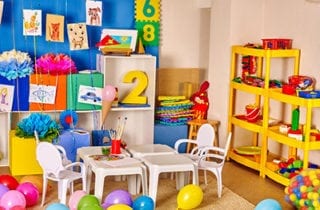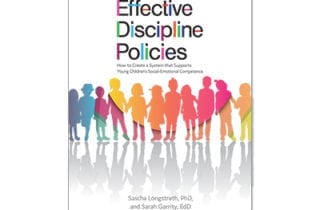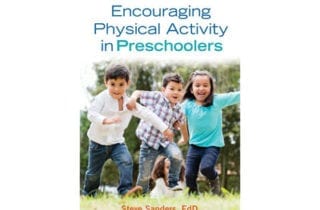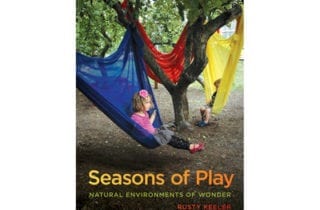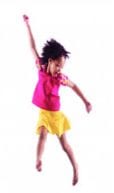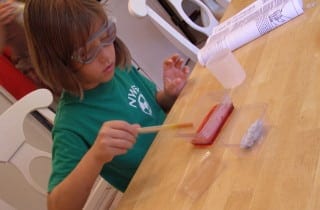When an adult (parent, educator, guest) visits a preK classroom, they see all of the wonderful learning opportunities for the children. They see the reading nook in the far back corner, the rug for meeting and circle time near the display board, the shelves full of toys and manipulatives, and the tables and chairs that greet the children as they enter the room. The students see: the chair and table legs, possibly their cubby, and not much else. According to early childhood expert Dr. Sandra Duncan, when creating an inviting classroom environment for young children, educators need to look at it from the kids’ perspective. In her edWebinar “Through a Child’s Eyes: How Classroom Design Inspires Children’s Learning and Wonder,” Dr. Duncan explained how designing the space with a young child’s physical and emotional viewpoint in mind can ease anxiety about and create excitement for learning.
In this edWebinar, learn how designing classrooms from children’s perspectives helps improve their behaviors and inspires learning and wonder.
The purpose of this edWebinar is to describe early childhood trauma and discuss ways in which trauma can affect children’s behavior.
The goal of this edWebinar is to discuss locomotor or traveling skills and the importance of children developing a foundation of these skills at a young age.
Inspiring Early Childhood Leadership: Key Strategies to Ignite Passion and Transform Program Quality
This webinar will provide an overview of well-researched, inspirational, and motivational leadership strategies for supporting high-quality early education and care. Susan MacDonald will share how leaders can find new and empowering ways to adapt to the evolving world of early childhood education.
Playscape designer Rusty Keeler will lead us in an exploration of how to reconnect children to nature through play. Rusty also will discuss how to design spaces that stimulate the senses and tickle the imagination. He will share examples from around the world will help spark ideas to transform your yards and bring in all the good stuff — trees, gardens, hills, sand, water, mud, loose parts, challenge, risk, and adventure.
Contemporary early childhood educators are working with increasingly diverse populations of young children. It is commonplace for a single group of children to represent different languages, cultures, and a wide range of special needs or disabilities. This webinar synthesized the research that supports Dr. Jalongo’s book, Literacy for All Young Learners, to identify over 60 different strategies that have evidence of effectiveness in supporting the literacy growth of young children.
Movement is essential for human development and starts even before birth. In this edWeb.net webinar, presented by the Early Learning Book Chats community, Dr. Feinberg shared her recommendations for including movement in every curriculum area.
Looking for a way to integrate STEM into your daily activities? Step into a fully functioning early childhood science laboratory. Attendees learned how to intrigue and motivate their PreK to second grade students to be super scientists.
Dr. Clarissa Willis offered strategies for teachers to assist their early learners with social interaction difficulties, communication challenges, and developing routines. Participants of the webinar then had the opportunity to identify how these strategies could be implemented in their own setting.


